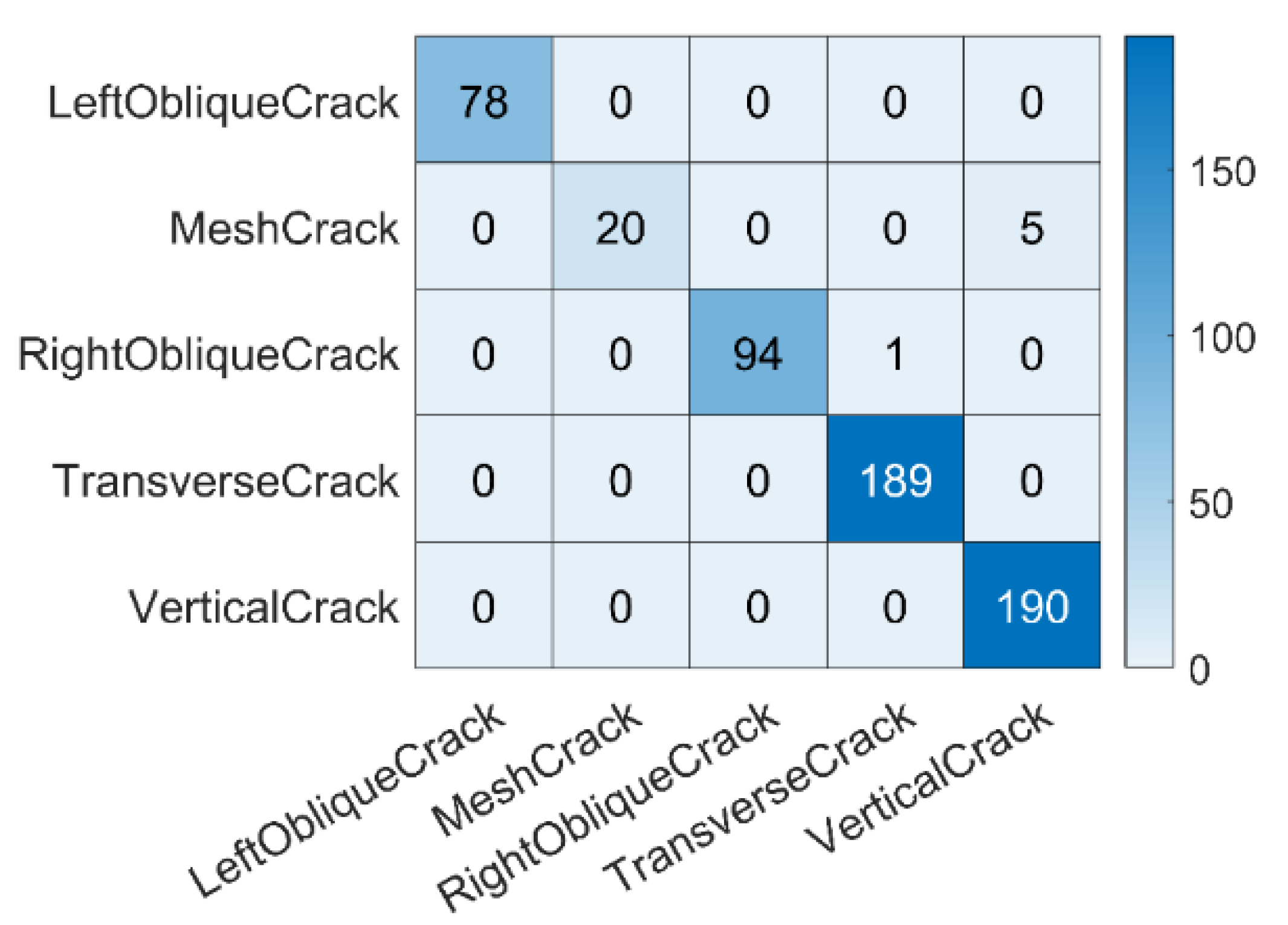Enhanced Intelligent Identification of Concrete Cracks Using Multi-Layered Image Preprocessing-Aided Convolutional Neural Networks
Crack identification plays an essential role in the health diagnosis of various concrete structures. Among different intelligent algorithms, the convolutional neural networks (CNNs) has been demonstrated as a promising tool capable of efficiently identifying the existence and evolution of concrete cracks by adaptively recognizing crack features from a large amount of concrete surface images. However, the accuracy as well as the versatility of conventional CNNs in crack identification is largely limited, due to the influence of noise contained in the background of the concrete surface images. The noise originates from highly diverse sources, such as light spots, blurs, surface roughness/wear/stains. With the aim of enhancing the accuracy, noise immunity, and versatility of CNN-based crack identification methods, a framework of enhanced intelligent identification of concrete cracks is established in this study, based on a hybrid utilization of conventional CNNs with a multi-layered image preprocessing strategy (MLP), of which the key components are homomorphic filtering and the Otsu thresholding method. Relying on the comparison and fine-tuning of classic CNN structures, networks for detection of crack position and identification of crack type are built, trained, and tested, based on a dataset composed of a large number of concrete crack images. The effectiveness and efficiency of the proposed framework involving the MLP and the CNN in crack identification are examined by comparative studies, with and without the implementation of the MLP strategy. Crack identification accuracy subject to different sources and levels of noise influence is investigated.

Figure 1. Overall structure of CNN.

Figure 2. Diagram illustrating the method for preparing datasets for the CPD network, which consists of crack and background regions of interest (ROIs).

Figure 3. Confusion matrix constructed based on the crack type identification results based on the CTI network.

Figure 4. Comparison of crack feature extraction algorithms, subject to (a) no treatment; (b) linear enhancement filtering method; (c) iterative threshold segmentation method; (d) bit plane slicing; (e) MLP proposed in this paper.
DOI: 10.3390/s20072021